Team:Imperial College London/Wetlab/Results/Colanicfl
From 2009.igem.org

Contents |
Effect of pH on fluorescence output for cells with and without colanic acid
Background
RcsB (biobrick [http://partsregistry.org/Part:BBa_K200000 BBa_K200000] is the gene responsible for generating a colanic acid capsule around our bacteria. Having a colanic acid capsule around them will protect them from being degraded by the high acidic nature of the stomach environment.
Aim
Here, as proof of concept, we have designed a simple experiment that will show that colanic acid has a protective effect on our growing bacteria in acidic environments (simulating gastric conditions). The method is described below.
Experimental Method
In a multiple well plate, 2 different types of cell cultures were grown, both containing the [http://partsregistry.org/Part:BBa_I13522 BBa_I13522] construct, which is a constitutive promoter expressing GFP. The differences were:
- Some cultures contained colanic acid (chemically induced by p-Fluoro-L-phenylalanine (FPA))
- Some cultures did not contain colanic acid.
Growth rate of the cell cultures and levels of GFP expression were monitored over time, at different Ph values in order to decide if induction using colanic acid provides extra protection to the construct.
Result analysis: GFP expression
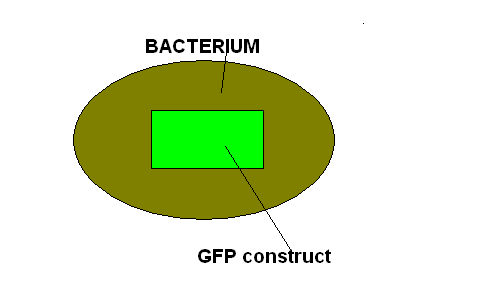
Figure1: Illustration. Our bacteria contain a constitutive promoter expressing GFP and we are testing the levels of fluorescence
Colanic acid cells
Neutral pH
We can see that in the presence of water, cells with colanic acid give out a fluorescence output around values of 350000 to 400000. Cells can survive without difficulty at this pH so the output remains fairly constant.
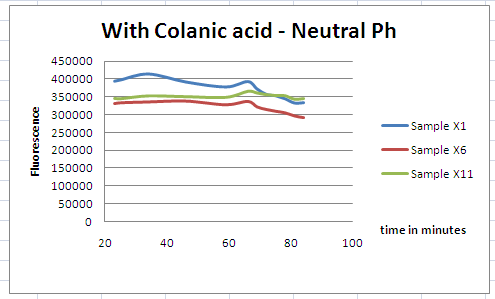
Figure 2: Effect of neutral pH on cells with colanic acid for 3 different wells
pH - 3
When the pH is decreased, the fluorescence decreases after 70 minutes (Unlike what happens at a neutral pH).
Overall, cells induced with colanic acid give out a higher fluorescence output than those that do not contain it.
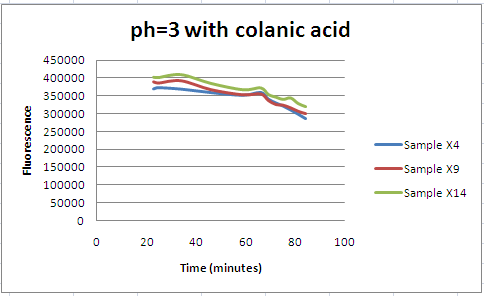
Cells with no colanic acid
Neutral pH
Overall, fluorescence outputs are lower at a neutral pH in cells that are not treated with colanic acid.
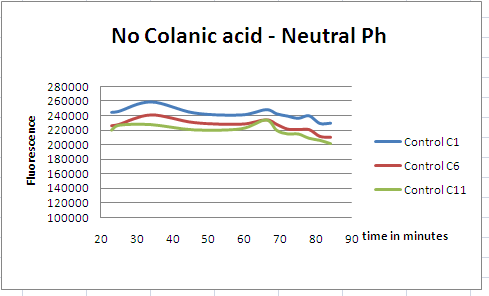
pH - 3
In figure 4, we can see that for non-colanic acid cells the fluorescence starts to decrease earlier than in colanic acid protected cells (around 60 minutes). Therefore, we can see that there is a protective advantage of inducing cells with colanic acid in the cell culture

Conclusion
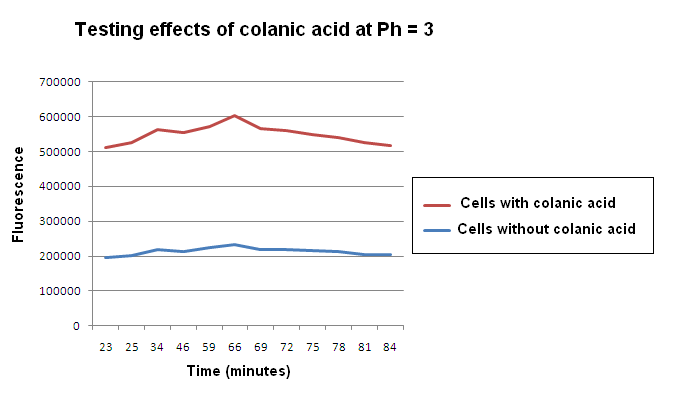
Treating cells with colanic acid provides a significant advantage to the cells. Fluorescence output of the constitutive promoter is higher in cells treated with colanic acid. Therefore, we can infer that colanic acid has a protective effect that could potentially isolate the polypeptide of interest we are synthesising from the harsh acidic environment of the stomach.
 "
"



